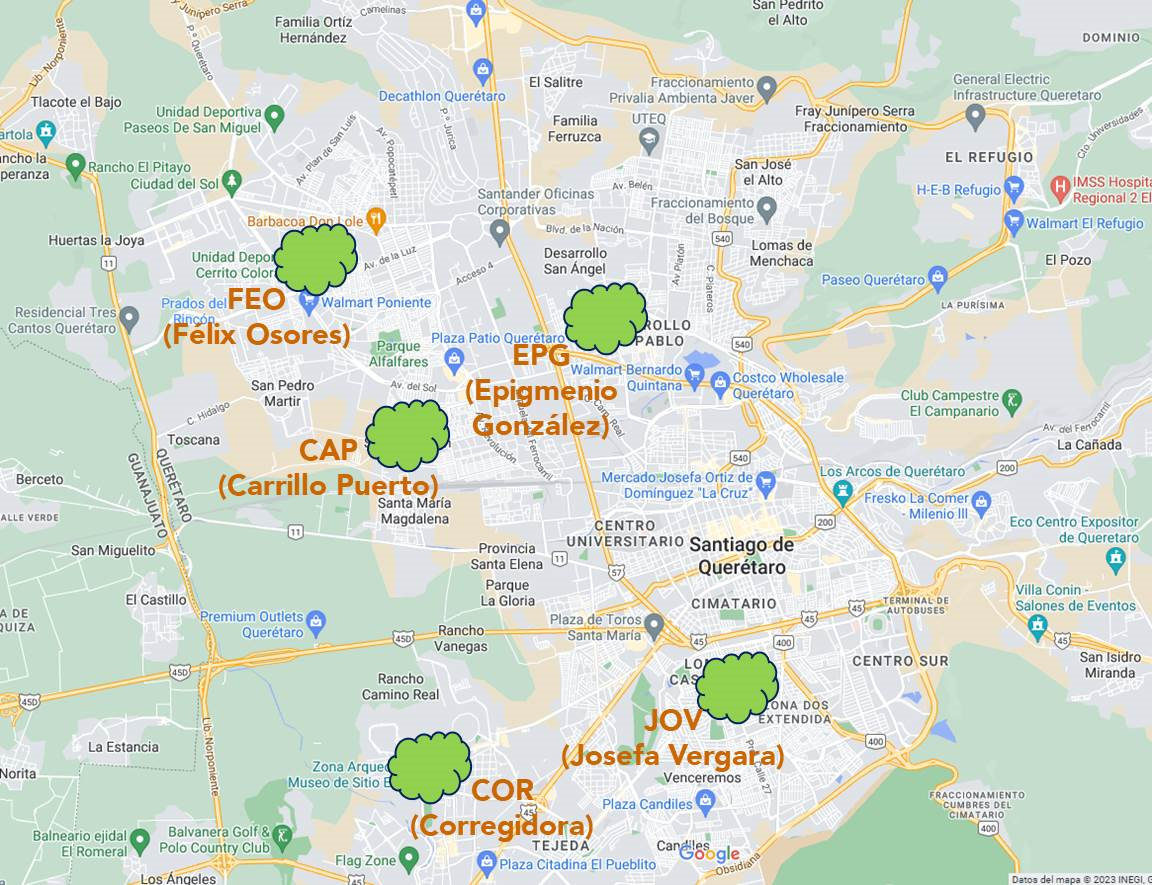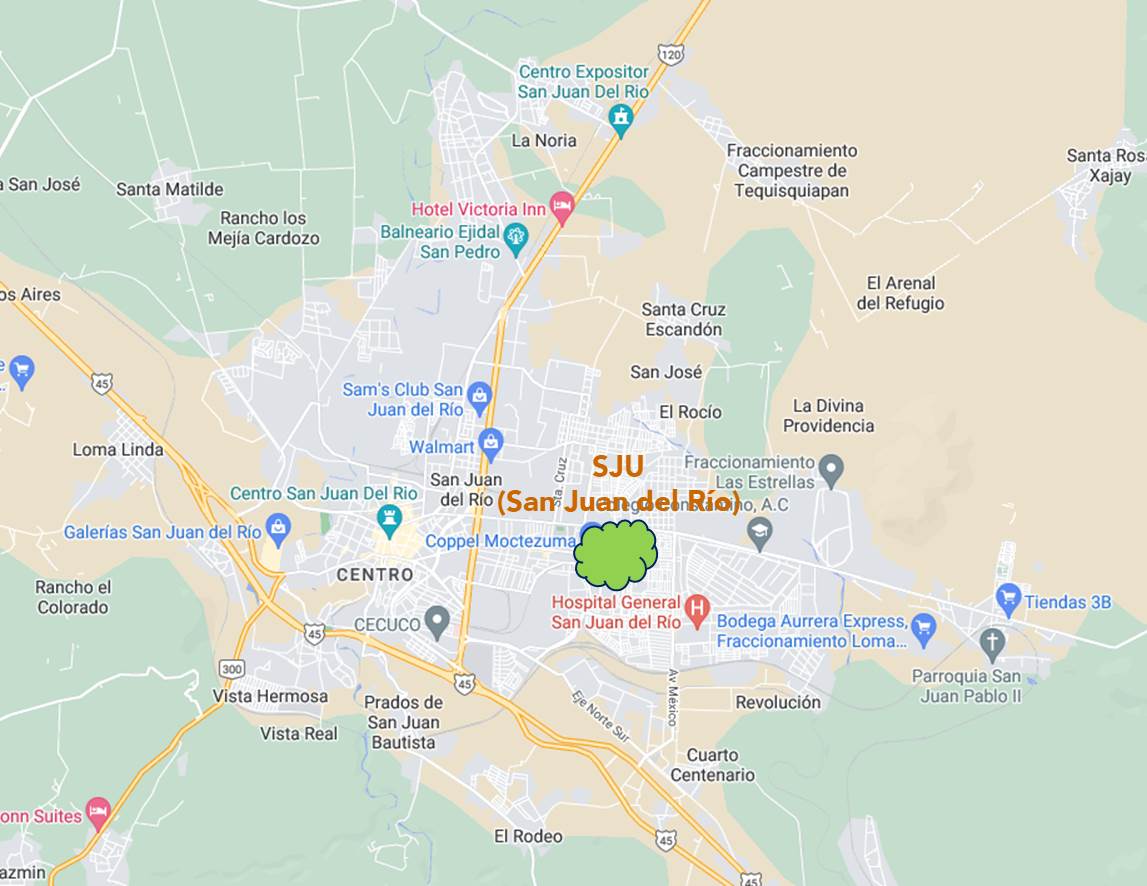
El Sistema de Monitoreo de la Calidad del Aire del Estado, es operado por la Secretaría de Desarrollo Sustentable a través del Centro de Monitoreo de Calidad del Aire de Querétaro (CeMCAQ) , el cual tiene por objetivo proporcionar información veraz y oportuna sobre la calidad del aire e informar a la población en general sobre los niveles de exposición a la contaminación atmosférica y sus posibles riesgos a la salud.
La información es generada a través del Sistema de Monitoreo de Calidad del Aire de Querétaro (SMCAQ), el cual opera conforme a lo establecido en la NOM-156-SEMARNAT-2012 que instaura los lineamientos para el establecimiento y operación de sistemas de monitoreo de calidad del aire. La publicación de la información se realiza acorde a la NOM-172-SEMARNAT-2019 que establece los lineamientos para la obtención y comunicación del Índice de Calidad del Aire y Riesgos a la Salud.
El SMCAQ está conformado por estaciones automáticas de monitoreo atmosférico ubicadas de manera estratégica, la cuales operan de forma continua los 365 días del año y de acuerdo con la zona donde están ubicadas, miden la concentración de los contaminantes conforme al equipo con el que cuenta cada una de ellas.


